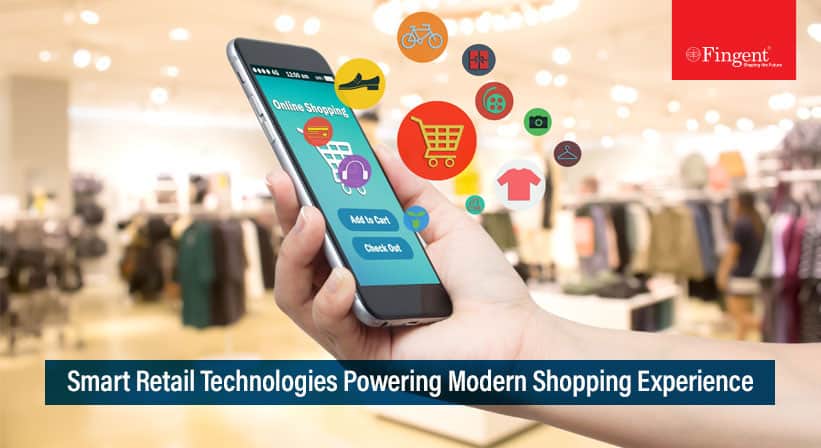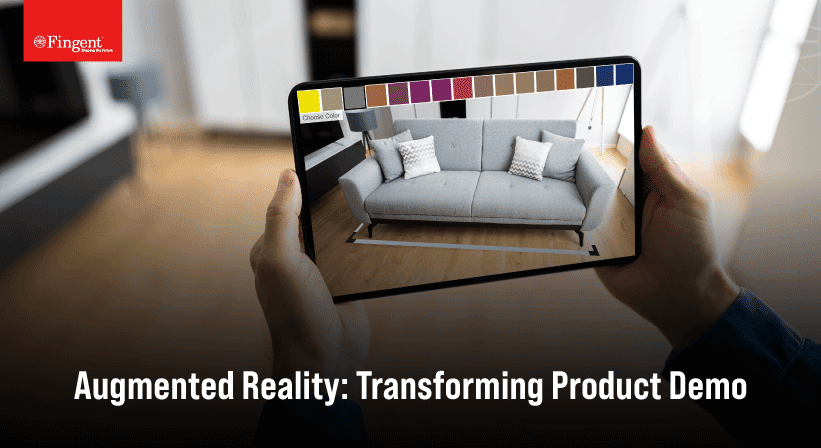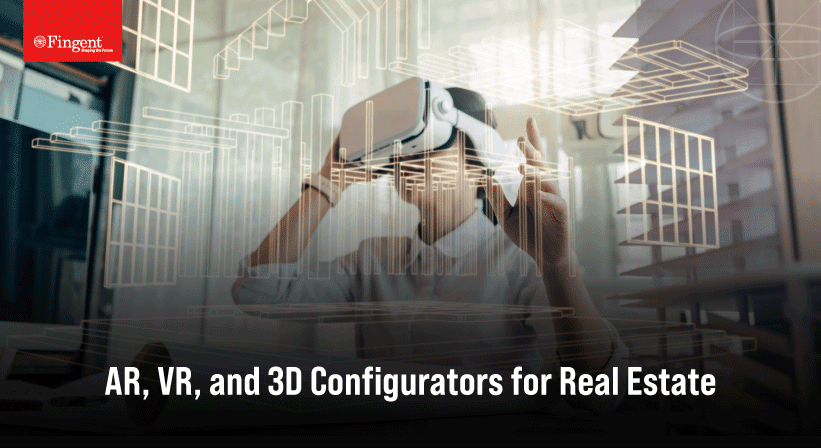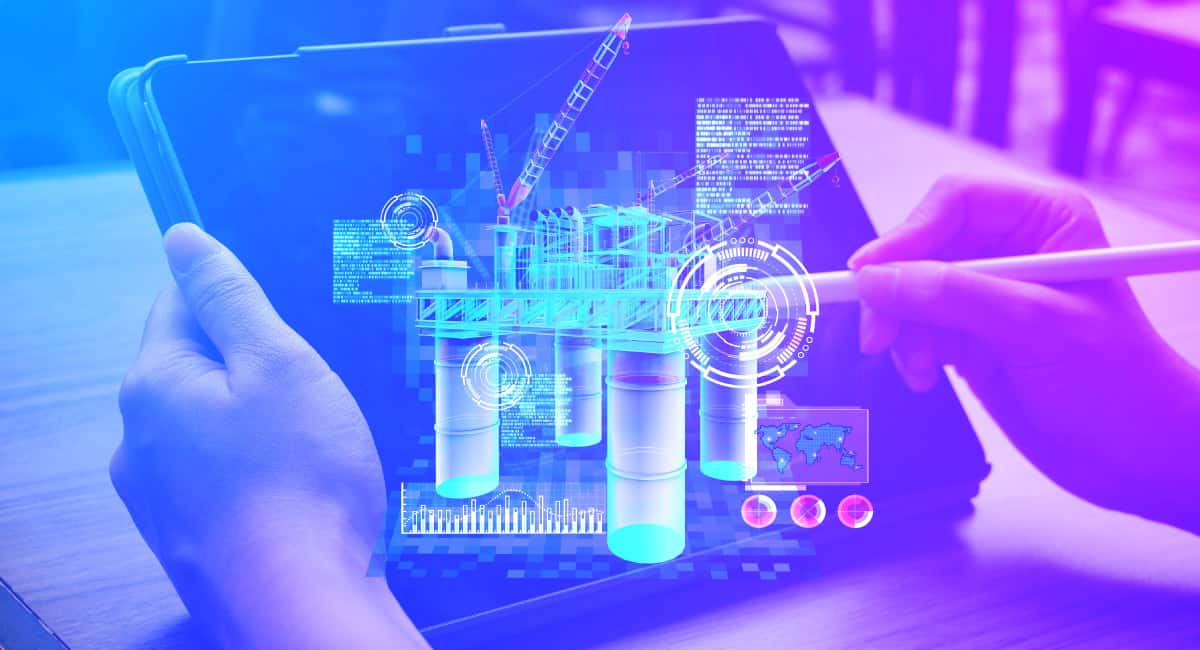How Is Extended Reality (XR) Impacting Customer Behavior
Extended Reality (XR) is not a technological marvel. It’s a force that is reshaping how we interact with the world. This blog will help you discover how XR catalyzes the shifts in customer behavior and market demand. But first, let’s explore what Augmented Reality (AR), Virtual Reality (VR), and Mixed Reality (MR) are.
Join us as we unravel the layers of XR. A fusion that transcends technology and propels us into a realm of possibilities and unique experiences.
Extended Reality (XR): A Fusion of Augmented, Virtual, and Mixed Realities
XR is a versatile umbrella term. It includes a range of immersive technologies. They are changing how we interact with the digital and physical worlds. At its core, XR integrates three primary components: Augmented Reality (AR), Virtual Reality (VR), and Mixed Reality (MR).
- Augmented Reality (AR) – Enhancing Real-world Experiences: AR enriches reality. It overlays digital elements on physical surroundings. This is done through smartphones, smart glasses, or AR headsets.
- Virtual Reality (VR) – Total Immersion in Alternate Realities: VR disconnects users from the physical world. It transports them to synthetic environments using headsets like Oculus Rift or HTC Vive.
- Mixed Reality (MR) – Seamlessly Integrating Real and Digital: MR blends AR and VR, creating a real-time interaction where digital and physical coexist. Devices like Microsoft HoloLens integrate holographic images, bridging the gap between real and virtual realms.
The Evolution of XR: From Novelties to Necessities
Over the years, XR has improved a lot. It has reshaped how we see and interact with the digital world. Initially, XR technologies were perceived as cutting-edge novelties confined to niche applications and experimental projects. But, fast progress and innovation have moved XR into the mainstream. It is widely used in many industries.
One pivotal aspect of this evolution is the distinction between XR and spatial computing. Spatial computing uses spatial mapping and computing to improve interactions in physical spaces. XR covers a broader range of technologies. XR integrates AR, VR, and MR, providing a comprehensive framework for immersive and interactive experiences.
As XR technologies matured, the focus shifted from novelty to practicality. Better hardware, graphics, and advanced sensors made XR apps more realistic and useful. This evolution has facilitated the seamless integration of XR into diverse fields, ranging from healthcare, education, entertainment, and enterprise.
Read More: Augmented Reality in Healthcare
Deliver Revolutionary Customer Experiences with XR Technology
XR: Transforming Customer Behavior and Igniting Business Opportunities
Extended Reality is reshaping customer behaviors and presenting businesses with unprecedented opportunities. The immersive nature of XR technologies has far-reaching effects, as shown below:
1. Enhanced Customer Engagement
XR transforms the customer experience, fostering deeper engagement and interactivity. In retail, for example, AR empowers customers to try products virtually. This reduces uncertainties and bolsters confidence to buy right. This heightened engagement correlates with increased customer satisfaction and loyalty.
2. Personalized Product Experiences
Businesses leverage XR for personalized product interactions. Customers can visualize products in real settings or explore virtual showrooms. This customized approach enriches the shopping process. Businesses can also gain deeper insights into customer preferences.
3. Improved Decision-Making Processes
In the real estate and automotive sectors, XR facilitates decision-making through immersive experiences. Prospective homebuyers can virtually tour properties. Car buyers, meanwhile, can customize and visualize vehicles in intricate detail. This expedites decision-making and enhances the likelihood of successful transactions.
4. Training and Skill Development
XR revolutionizes professional training with VR simulations. Businesses use realistic scenarios to build employee skills. This leads to better performance and lower training costs, making them more efficient.
Medical Simulation Training: XR is used in medical training for simulations. It lets healthcare pros practice surgeries and procedures in a virtual world. This addresses challenges related to limited access to real-life scenarios, enhancing practical skills, and reducing the learning curve.
In industries like manufacturing and construction, XR is used for training. It is for training on complex machinery and equipment. According to a PwC study, using AR/VR devices lets employees train four times faster. This led to a 275% increase in their confidence. AR/VR training emerges as a powerful approach. It substantially minimizes training duration and also helps eliminate training accidents.
5. Opening New Avenues in E-commerce
XR is reshaping e-commerce with AR try-on features and VR-enhanced virtual shopping. This evolution improves online retail, leading to higher conversion and lower returns.
AR Try-Ons in Fashion: E-commerce platforms integrate AR for virtual try-on experiences in the fashion industry. Customers can try on clothing and accessories with their smartphones. This solves challenges related to being unable to try items before buying. This enhances the online shopping experience and reduces return rates.
VR-Enhanced Virtual Shopping: XR technologies, particularly VR, create immersive virtual shopping environments. Customers can explore products in 3D. This addresses challenges from the lack of physical interaction in online shopping. This provides a more engaging and interactive experience, increasing conversion rates.
AR try-on technology in clothing retail boosts Average Order Values (AOVs). It also encourages repeat purchases. According to Threekit, 71% of consumers say they will shop more with AR in their customer journey.
6. Streamlining Product Design and Configuration
XR streamlines processes. These processes are critical for product design in industries like automotive and manufacturing. XR facilitates virtual prototyping in the automotive industry. Designers can create and change 3D vehicle models. This streamlines the design process and addresses challenges related to the cost and time of physical prototyping. It leads to more efficient and cost-effective design changes.
Discover Transformative Business Opportunities & Innovations with Extended Reality
Fingent’s Guide to XR Triumph
Elevate your enterprise to new heights with Fingent’s unparalleled expertise in Extended Reality. Our tailored XR solutions redefine training, customer engagement, and product design processes. We specialize in creating immersive simulations for efficient employee training. Fingent crafts AR/VR apps that enhance customer experiences. We also streamline product design with virtual prototyping and 3D modeling. Seamless integration into existing systems ensures minimal disruption. While continuous support and optimization keep your enterprise at the forefront of innovation. Transform possibilities into reality with Fingent as your strategic XR partner.
Ready to embark on a journey of enhanced success?
Witness the transformative power of XR reshaping your enterprise’s training programs, customer interactions, and product design processes. Let’s redefine success together!
Stay up to date on what's new

Recommended Posts

24 Oct 2023 Retail B2B
Explore Innovative Business Possibilities with Smart Retail Technologies
Our digital era is a whirlwind of change, with technology driving transformation at breakneck speed. It's not just about adopting new gadgets; it's about recognizing technology's influence on consumer interactions.……

04 Aug 2023 B2B
Augmented Reality: Taking Product Demos To A Whole New Level!
In the fast-paced world of business, where attention spans are shrinking and competition is fierce, a successful product launch can make all the difference. You've invested countless hours refining your……

08 Jul 2023 B2B
AR, VR, and 3D Configurators for Real Estate
The implementation and development of immersive digital technologies such as Artificial Intelligence, Augmented Reality, Virtual Reality, Machine Learning, and 3D Configurators have drastically changed the way the world works. These……

22 Jun 2023 Healthcare
Augmented Reality in Healthcare: The Industry Future!
Augmented Reality in Healthcare: Use Cases, Examples, and Trends Let’s Discuss Your Project It’s no joke or a mere sci-fi theory! We’re experiencing the impact of Augmented Reality in healthcare,……
Featured Blogs
Stay up to date on
what's new




















































